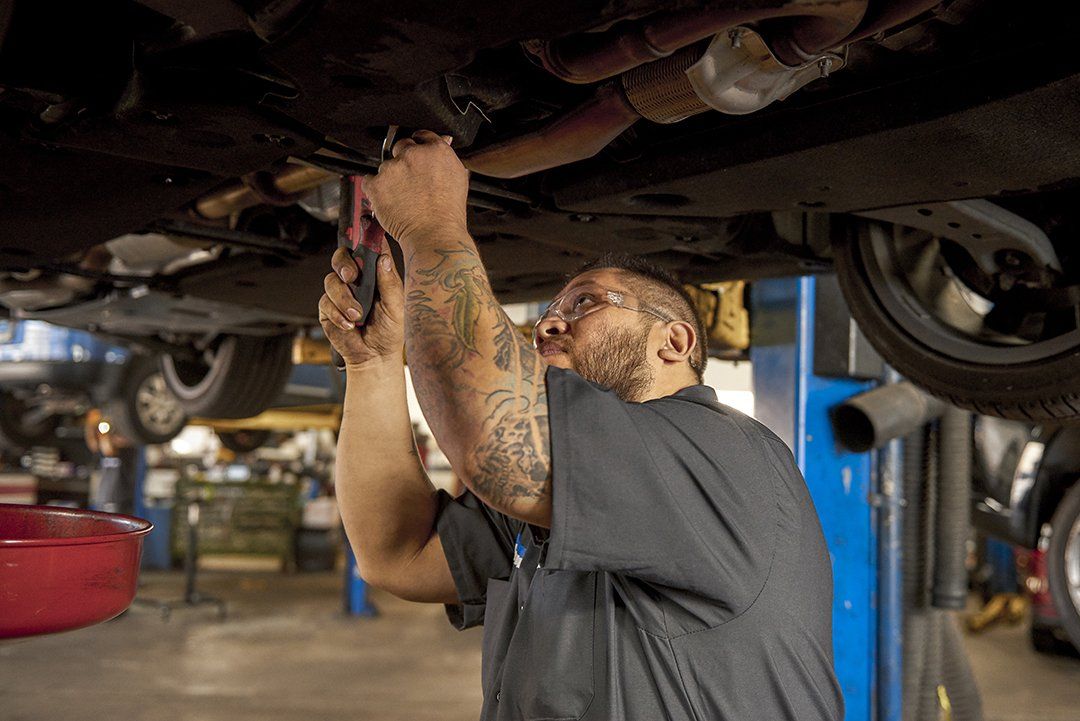Manual transmission systems, likewise called hands-on gearboxes or standard transmission, need vehicle drivers to by hand choose equipments making use of a gear stick and operate a clutch pedal. This setup gives direct control over the car's power and rate, enabling a more engaged driving experience. The core elements of a hands-on transmission include equipments, shafts, and synchronizers, which work together to send engine power to the wheels successfully.
In a regular manual transmission, the motorist utilizes the clutch pedal to disengage the engine from the transmission, selects the wanted equipment making use of the gear stick, and afterwards releases the clutch to re-engage the engine with the new gear proportion. This procedure enables precise control over the car's efficiency, enabling motorists to optimize power shipment for various driving problems. The straight mechanical link in hand-operated transmissions commonly results in much better gas effectiveness and an extra connected feel in between the driver and the automobile.

The drivetrain in cars with manual transmissions contains a number of crucial elements:
•Clutch: Engages and disengages the engine from the transmission to enable gear modifications.
•Transmission: Includes a collection of gears that can be picked to readjust the automobile's speed and torque.
•Driveshaft: Transfers power from the transmission to the differential.
•Differential: Disperses power to the drive wheels while permitting them to rotate at different speeds, especially during turns.

Understanding these parts is important for appropriate vehicle maintenance and procedure, guaranteeing a smooth and responsive driving experience.
Check for more info at Logan Square Auto Repair - Automatic/Manual Transmission Systems Facebook Youtube Instagram
Latest Posts
Nissan's Dedication to Security and Technological Development in Electric Automobiles
Repel with Hyundai of Albany's Funding Solutions
Honoring Heroes with Hyundai of Albany's First Responders Program
Navigation
Latest Posts
Nissan's Dedication to Security and Technological Development in Electric Automobiles
Repel with Hyundai of Albany's Funding Solutions
Honoring Heroes with Hyundai of Albany's First Responders Program